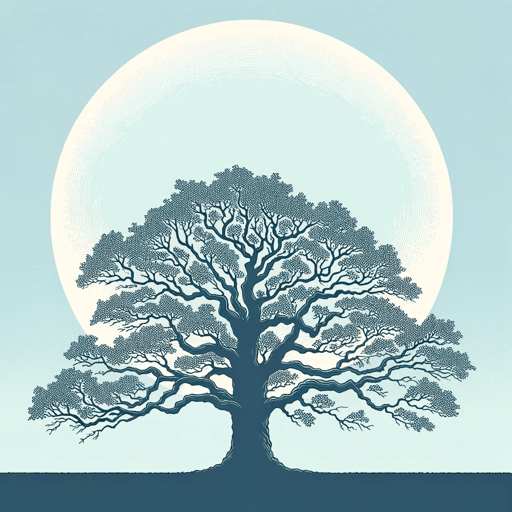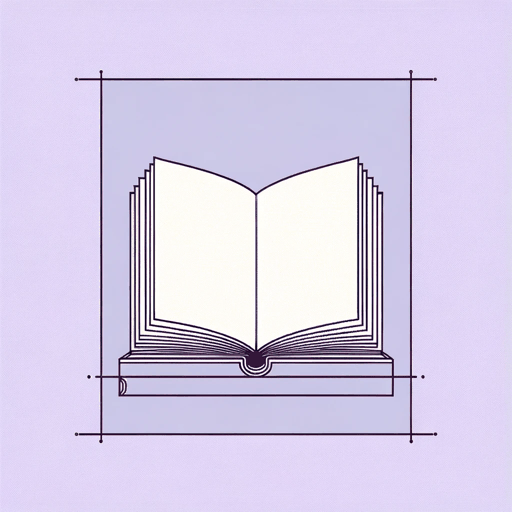22 pages • 44 minutes read
Samuel Taylor ColeridgeChristabel
Fiction | Poem | Adult | Published in 1816A modern alternative to SparkNotes and CliffsNotes, SuperSummary offers high-quality Study Guides with detailed chapter summaries and analysis of major themes, characters, and more.
Background
Literary Context
Coleridge is considered one of the most important figures in the English Romantic Era of poetry. With Wordsworth, Coleridge created the Lyrical Ballads (1798), which outlined the qualities of Romantic poetry in its preface. Coleridge disagreed with Wordsworth about the value of using rustic diction (conversational speech), using more heightened or carefully crafted language in his poetry. Both men valued imagination, but in slightly different aesthetic modes. Coleridge, in his Biographia Literaria (1817), wrote that imagination “reveals itself in the balance or reconciliation of opposite or discordant qualities of sameness, with difference; of general, with the concrete; the idea, with the image; the individual, with the representative.”
Coleridge was also influenced by early English Romantic writer and artist William Blake. Both men shared an interest in different levels of the imagination—Coleridge called them primary and secondary. Blake saw imagination as a way to communicate with and share the divine power of creation; both men were interested in the Edenic—the contrast between innocence and experience—a duality that shows up in “Christabel.”
Finally, “Christabel” is part of a subgenre of the Romantic called Gothic Romantic poetry. Gothic texts usually include elements like young women in distress, grief over the death of a loved one, the supernatural, and an emphasis on time.
Related Titles
By Samuel Taylor Coleridge
Featured Collections
Beauty
View Collection
British Literature
View Collection
Horror, Thrillers, & Suspense
View Collection
LGBTQ Literature
View Collection
Loyalty & Betrayal
View Collection
Mothers
View Collection
Pride Month Reads
View Collection
Religion & Spirituality
View Collection
Romanticism / Romantic Period
View Collection
Romantic Poetry
View Collection
Safety & Danger
View Collection




